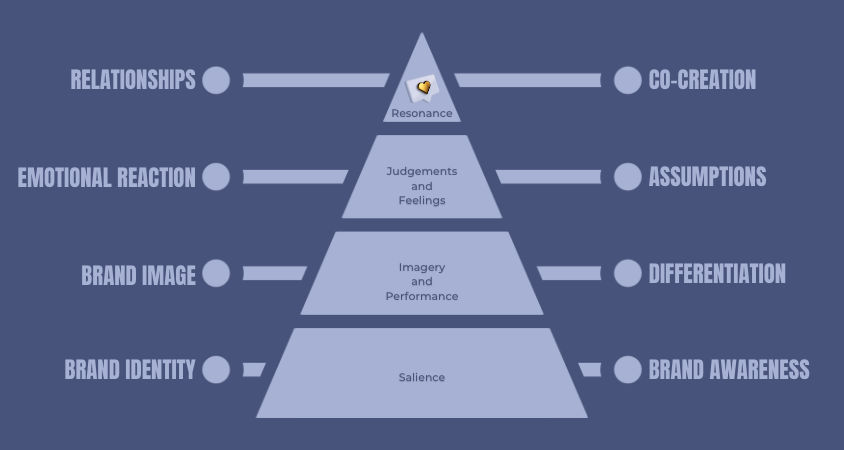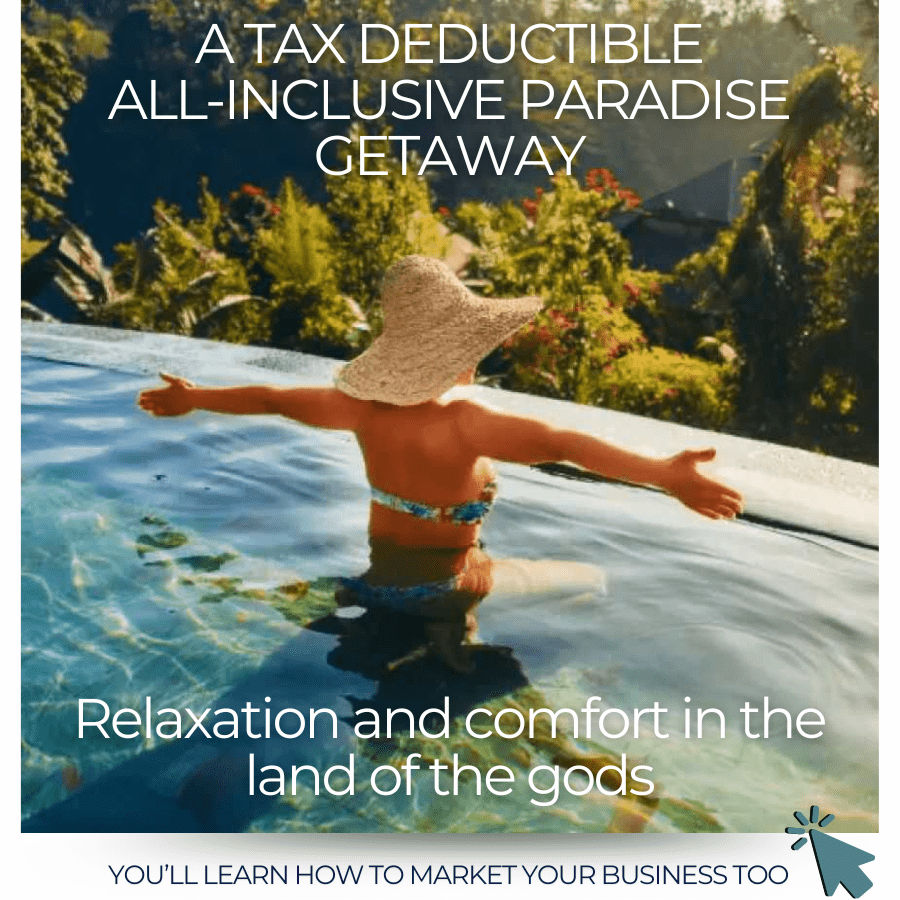
Many women ask me how they can make more sales ...
And when I jump into women in business Facebook groups, I'm always reading these types of statements...
These statements break my heart because when you passionately create your small business and sacrifice so much to work on and in your business …. you want to, you need to, reap the rewards for your efforts. The truth is …. great brands are not built overnight. There is no such thing as overnight success in business. Building a solid business that will return pleasurable intrinsic and financial rewards takes time, and it's done in four sequential and logical steps that Kevin Lane Keller refers to as the Brand Equity Model. It's also known as the Customer-Based Brand Equity (CBBE) Model. It's a pyramid. Each section of the pyramid represents... The steps a consumer must climb before they buy. |
 Kevin Lane Keller's Consumer-Based Brand Equity Pyramid
Kevin Lane Keller's Consumer-Based Brand Equity Pyramid
The Steps To A Successful Business
| Here is an explanation (without the heavy theory) of the steps that you and the consumer need to take together: |
1. Salience |
| This refers to the brand's ability to come to mind when consumers think about a product category. You create salience (brand awareness) by repeatedly exposing your brand to consumers ...….. in a synergistic integrated marketing communications campaign where you bundle up your brand identity (brand name, your name, logo, colours, tagline, jingle, imagery, personality, values and your point-of-difference) .... And promote it to your customers wherever they consume information, entertainment and where they look for products. For example:
| |
2. Imagery & Performance | |
| This combined component refers to how well the brand meets consumers' functional needs as well as the intangible associations and perceptions that consumers have of the brand, such as its personality, user imagery, and emotional benefits. By delivering both strong functional and emotional benefits, a brand can create a powerful and differentiated brand image that resonates with consumers and leads to stronger brand equity. When you repeatedly show your brand identity to consumers, an image formulates in their minds. We refer to this as brand image. Now you know the difference between:
When customers think about your brand (from the image they have in their minds), they consider how well it will satisfy their wants and needs. The five performance indicators are:
| |
| 3. Judgements & Feelings | |
| This refers to consumers' overall evaluations and emotional responses to the brand. The consumer subconsciously asks herself,
| |
| 4. Resonance (top of the consumer-based brand equity pyramid) | |
| This refers to the ultimate level of engagement and loyalty that a brand can achieve with its customers. Finally, the consumer asks themselves this crucial question: Does this product align with my identity (is it congruent with who I am or who I aspire to be)? If it does, your brand will resonate with her so much that she will want to build a deep and lasting relationship with your brand. She will feel invested in your brand. She will be motivated to buy. She will become brand loyal. And, most importantly, this customer who has gone through the necessary steps up the pyramid will become your brand's advocate. She will co-create your brand by spreading positive word-of-mouth to increase brand awareness in the marketplace. The result: brand equity. | |
You can't answer these questions on the fly to give you that elusive overnight success. The answers to these essential questions take time. If you want to build a great brand packed with brand equity, you MUST continually ask these questions. And by answering these questions and taking action, you will improve your critical thinking and problem-solving skills. When you experiment by implementing the ideas you think of, a wonderful thing happens ..... you will find more meaning to why you are in business …. in your quest in becoming a truly iconic and beloved brand in the minds of your consumers, who come back again and again and buy. Written by Karley Beadman | ||||||||||||||||
REFERENCES:
Grassl, W. (2000), "Strategic Brand Management: Building, Measuring, and Managing Brand Equity.", Journal of Consumer Marketing, Vol. 17 No. 3, pp. 263-272.
France, C., Grace, D., Lo Iacono, J., & Carlini, J. (2020). Exploring the interplay between customer perceived brand value and customer brand co-creation behaviour dimensions. Journal of brand Management, 27, 466-480.
France, C., Merrilees, B., & Miller, D. (2015).Customer brand co-creation: a conceptual model. Marketing Intelligence & Planning, 33(6), 848-864.



Please create a guest account or log in to leave a comment: